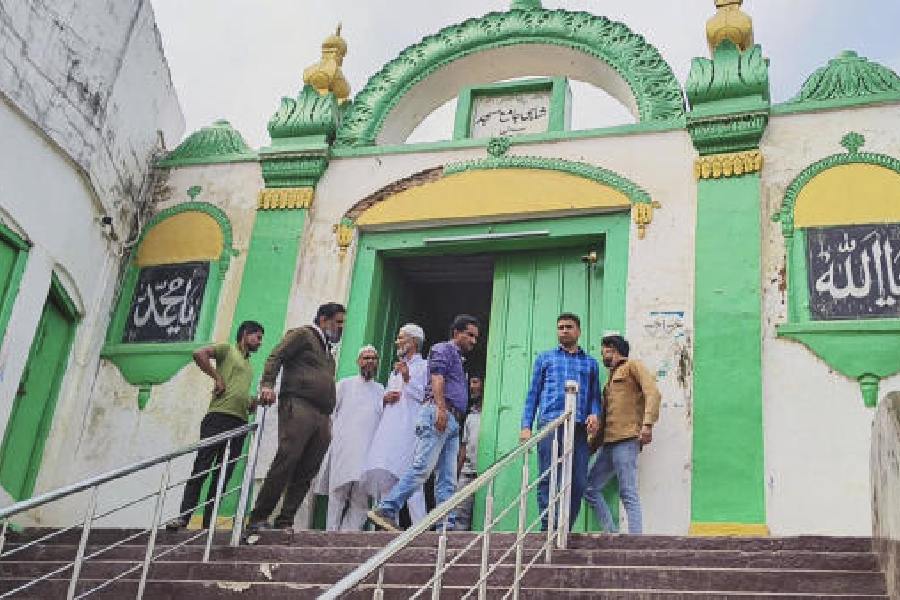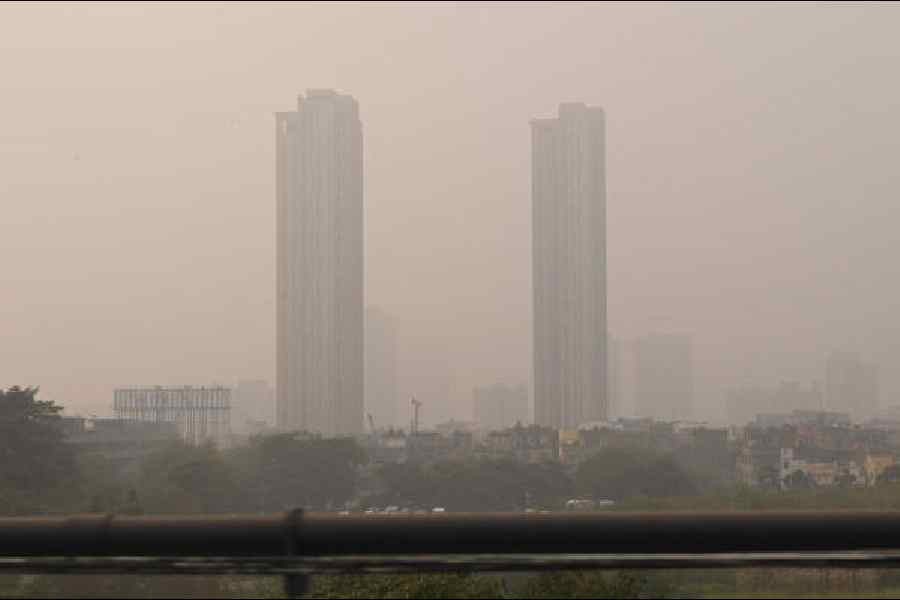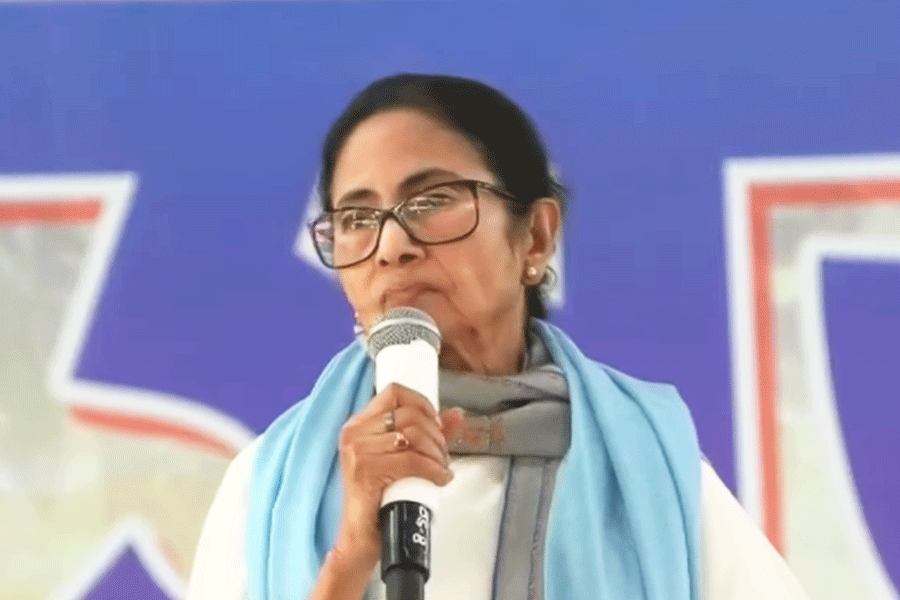 |
| Roy Villa in Darjeeling. A Telegraph picture |
Siliguri, Oct. 27: A local organisation that works to promote and conserve heritage sites has appealed to the north Bengal development minister to take up the renovation of Roy Villa where Sister Nivedita had breathed her last 100 years ago.
The Association for Conservation and Tourism that has been working to promote new destinations as well as heritage sites has written to minister Gautam Deb to revamp the building on Lebong Cart Road in Darjeeling that was also the initial address of Himalayan Mountaineering Institute.
The mountaineering institute was later shifted and started functioning from Birch Hill in 1958.
“It is one of the important historical edifices of Darjeeling as it was dwelled by Acharya Jagadish Chandra Bose and it is the place where Sister Nivedita had breathed her last on October 13, 2011. Earlier, we had requested the north Bengal development minister to allocate funds for the renovation of Mungpoo where Tagore used to stay during his trip to the hills as we celebrated his 150 birth anniversary,” Raj Basu, a founder member of the association, said.
Tagore had stayed in a bungalow at Mungpoo where he had penned Janmadin.
“This year is the death centenary of Sister Nivedita, who is known for her relentless social work, and we want the state government to renovate Roy Villa, where she had spent her last few days, and develop it into a tourist destination,” he added.
Roy Villa is a DGHC property now.
Margaret Elizabeth Noble, better known as Sister Nivedita, was born on October 28, 1867, in Ireland. It was her meeting with Swami Vivekananda in November 1895 which made her travel to India.
She visited Darjeeling and stayed in Roy Villa where Acharya Jagdish Chandra Bose also used to stay.
On his request, Sister Nivedita translated Tagore’s Kabuliwalla into English and her endeavour was widely appreciated. She got the tittle of Lokmata (mother of the people) from Tagore.
Sister Nivedita had started a school for under privileged girls in Calcutta in 1898, and was one of the frontline workers when plague broke out in the country in 1899.
She died at the age of 44.
“The state has taken up the renovation work at Mungpoo and we feel Roy Villa is an equally important structure that also has to be taken care of. Tomorrow is Sister Nivedita’s birth anniversary and we expect the government to take up the renovation soon,” said Basu.
Few walls of the three-storeyed building in Darjeeling developed cracks after the recent earthquake.
According to north Bengal development minister Gautam Deb, the state government is sincere about conserving heritage structures and improving them so that contributions of people like Sister Nivedita can be portrayed before the people of the country and abroad.
“We would surely look into the proposal and see to it that such properties are conserved. The state government has already sanctioned funds for (the renovation of) Mungpoo. Similar initiatives would be taken in future,” said Deb.










